This, the fourth set of volumes to survey the temple architecture of South India, concentrates on the period of the Vijayanagara empire during which the Sangama, Tuluva, and Aravidu kings ruled over a substantial portion of Karnata, Andhra and Tamilnadu. However, the volume begins with temple architecture in the decades immediately preceding the foundation of the Vijayanagara in the middle of the 14 century, and continues with the religious monuments of the lesser dynasties which succeeded those of Vijayanagara in Karnata during the 16 and the 17 centuries. Since the majority of religious monuments described here have never been adequately published before, these volumes offer the first opportunity to fully evaluate the architectural developments in South India between the 14 and 18 centuries. What emerges from the different chapters is a stylistic consistency unknown in the region in the pre-Vijayanagara times. Beginning with the comparatively modest projects of the Sangamas, temple architecture progresses to the grandiosely-scaled and richly decorated religious complexes of the Tuluvas and Aravidus. During the same period there is the evolution of a characteristic temple style in Kanada in coastal Karnata and the efflorescence of temple building in another equally distinctive style in the different zones of Kerala. Such idioms bear witness to the vitality of local architectural traditions in South India during the Vijayanagara period. The present volume contains a total of thirteen chapters. Of these, ten are by Dr. George Michell and three by Shri Jayaram Poduval. The volume contains more than 400 pages of text (including prelims), 123 line-drawings, 13 maps, and 570 photographic illustrations.
Late Temple Architecture in India, 15th to 19th Centuries: Continuities, Revivals, Appropriations, and Innovations
From the fifteenth century ...
$80.10
$89.00

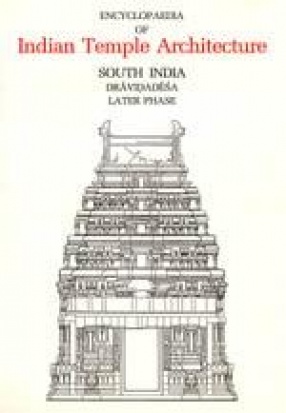
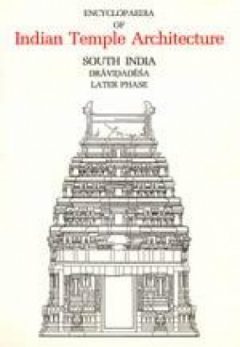

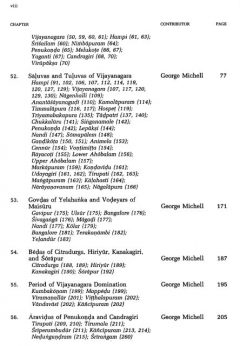
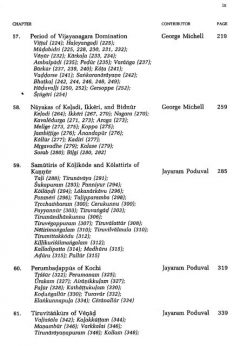
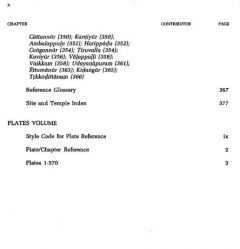
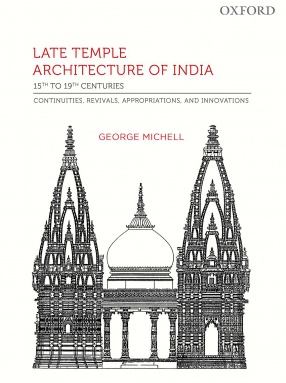
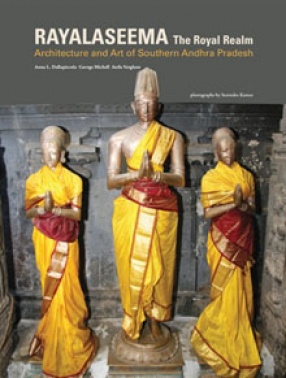
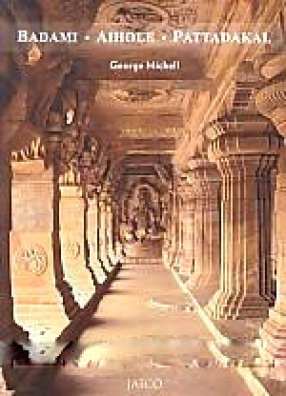

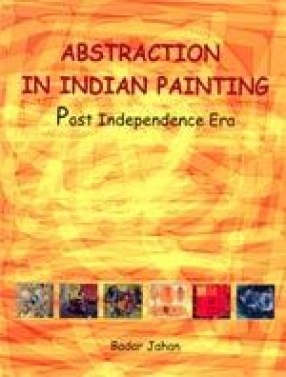
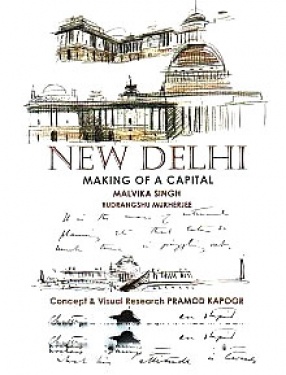
There are no reviews yet.